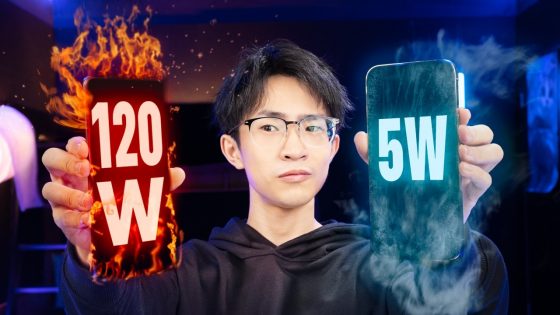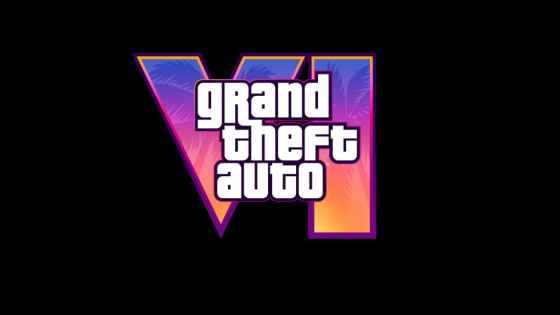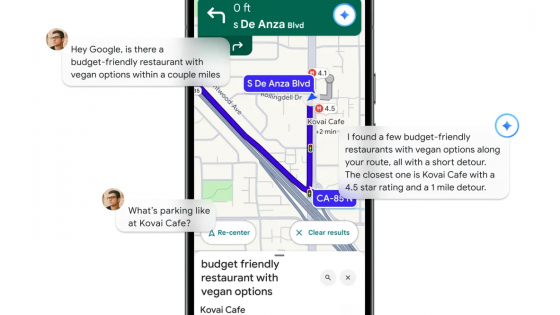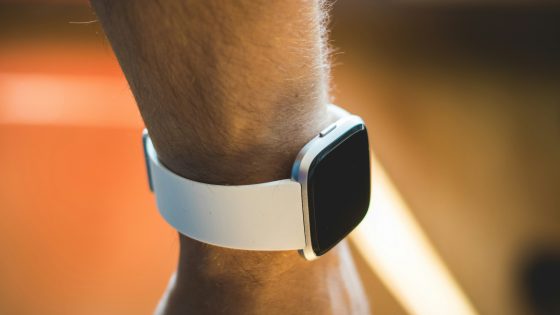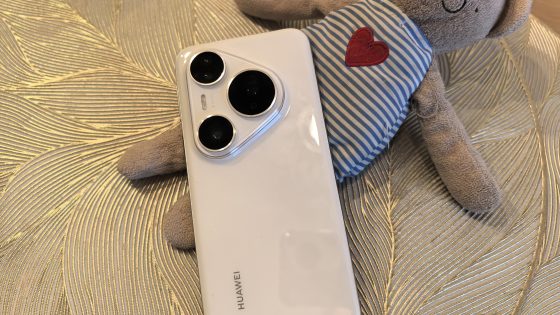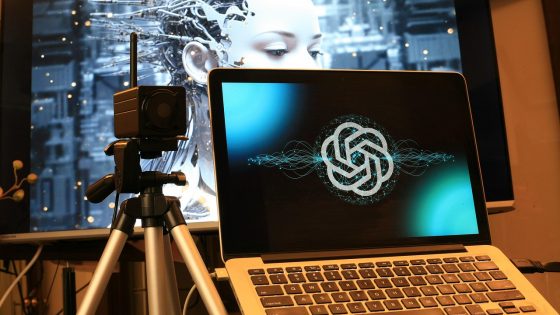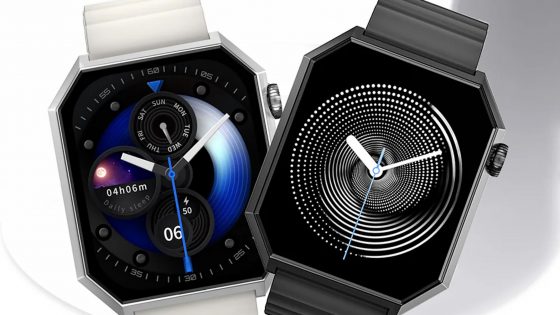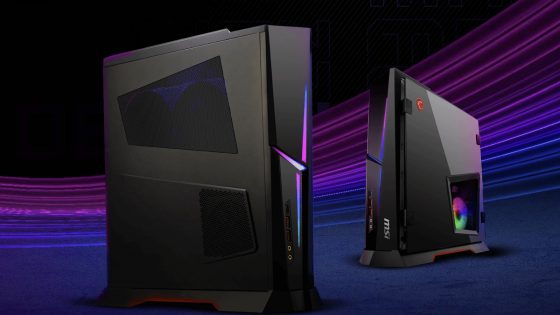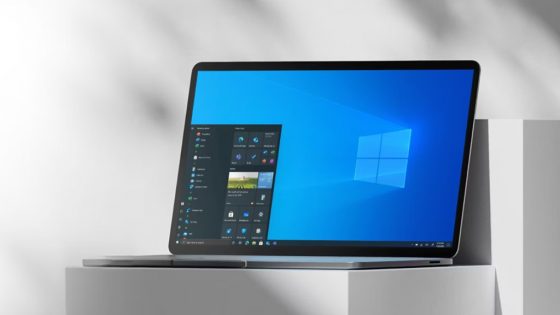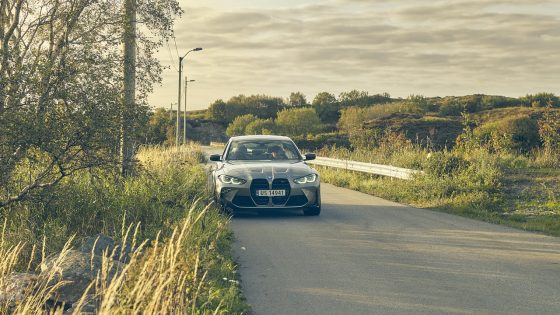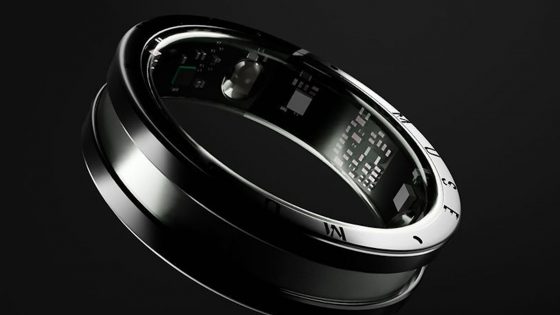Huawei Pura 80 Pro review – "sick" cameras, software on the verge of retirement
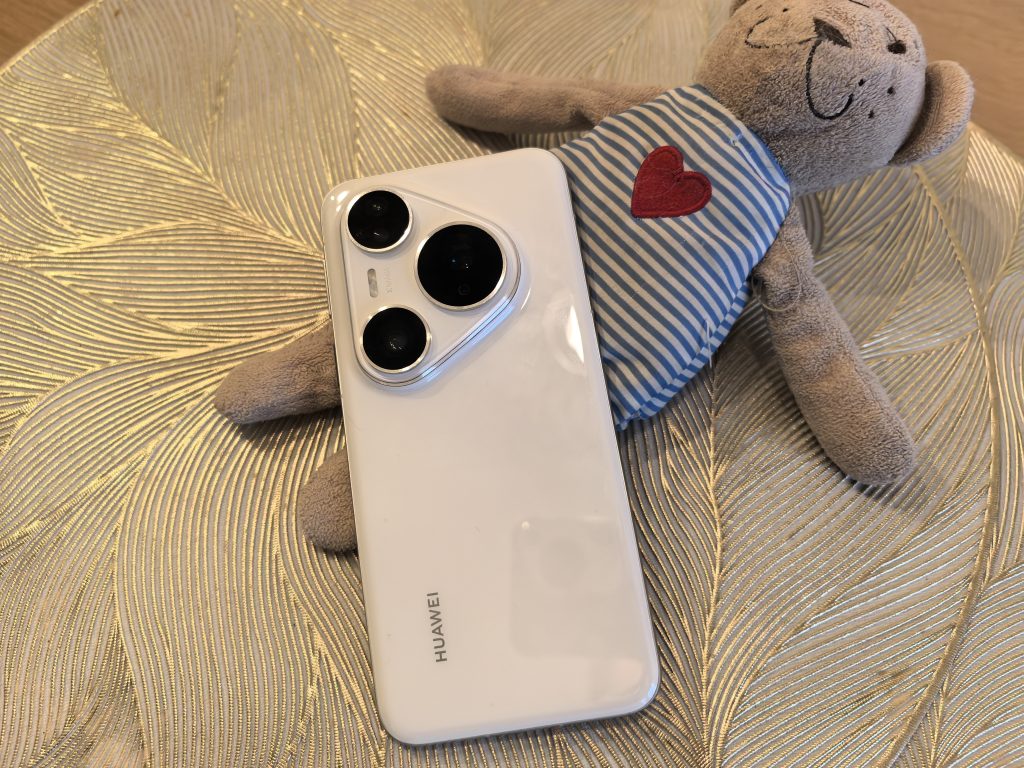
Huawei is a very different company in Europe than in China. It's clear, because as soon as they cross the European threshold, they are met with numerous logs thrown at their feet by the US. That they can still compete with the best manufacturers in the world, and even surpass them in certain areas, is incredible.
Still, these logs have to leave consequences somewhere. You can't skip them all. The Huawei Pura 80 Pro, or basically all newer Huawei phones, have a common denominator – photographically, they are crazy phones, the build quality is among the best, as are the screens, but then you stumble upon the chip and software. In my opinion, these are the only shortcomings of Huawei phones and they wouldn't even exist if what happened six years ago hadn't happened. It's just a shame that these are two very important areas and that because of that, other areas simply have to be perfect, there's no room for error.
Huawei Pura 80 Ultra I tested it a little over a month ago and was amazed at what the main and two telephoto lenses can do. What is the gap between the Ultra and the Huawei Pura 80 Pro? That's what I was most interested in.
| Advantages | Weaknesses |
| Great screen | Average performance |
| Premium workmanship | EMUI lags behind rivals |
| Incredible prime and telephoto lens | No UI features |
| Okay battery and fast charging | No support for 5G network |
Huawei Pura 80 Pro price and specifications
Huawei Pura 80 Pro 12GB/512GB: €1199
| Chip | Kirin 9020 |
| Graphics core | Maleoon 920 |
| System | EMUI 15 |
| Battery | 5170 mAh, 100W (wired), 80W (wireless) |
| Cameras | 50 MP 1-inch main camera; 48 MP telephoto, OIS, 4x optical zoom; 40 MP ultrawide; 13 MP front; |
| Memory | 12 GB LPDDR5X, up to 1 TB (UFS 4.1) |
| Weight | 219g |
| The rest | Wi-Fi 7, Bluetooth 5.2, eSIM, NFC |
The Huawei Pura 80 Pro is an extremely beautiful and well-made phone
If you're looking for differences between the Huawei Pura 80 Pro and Pura 80 Ultra, you'll only find them in the cameras. Everywhere else, they're almost identical twins. The design language is the same, except that the camera frame is slightly adjusted, as the Huawei Pura 80 Pro doesn't have a sliding mechanism to switch between the two telephoto lenses. Everything else, the curves of the phone, the choice of materials, the placement of all elements, is the same as the Huawei Pura 80 Ultra.
The test version is wrapped in a white costume, which I like better than the gold one on the Huawei Pura 80 Ultra, and it is also less susceptible to fingerprint smudges, which you can cover with the included case on both phones.
With Huawei phones you never feel cheap, of course, because they mostly only make phones over €1000 and you expect everything to be at the highest level. And they always deliver what they promise, at least in terms of design and manufacturing. I've been using them for a while now and even after a few years you still feel like the phone is like new and on par with all the others that have been launched in that time.
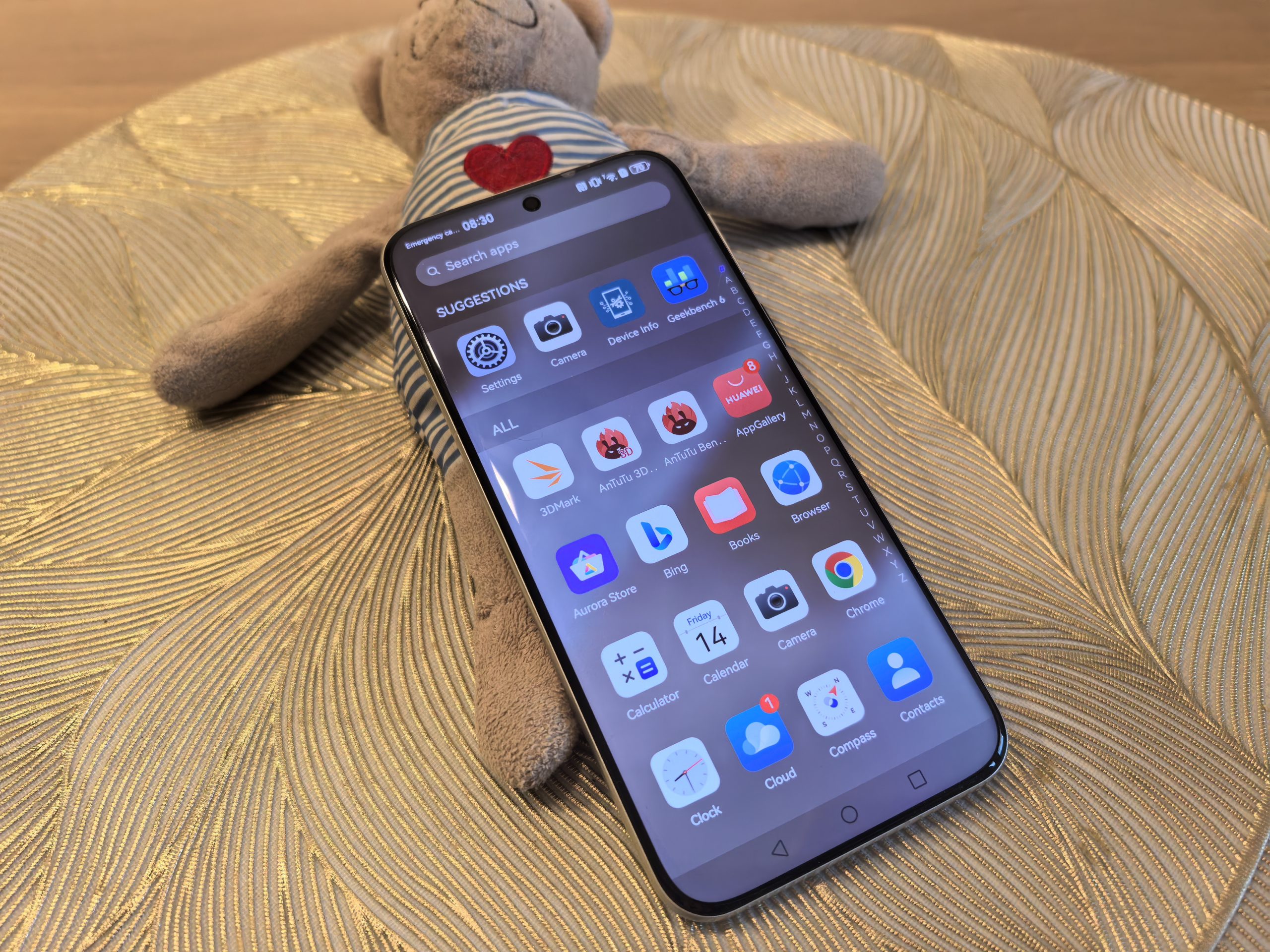
Like the Pura 80 Ultra, the Pro version has earned an IP68/69 rating for resistance to water and other foreign objects. The USB-C 3.1 port supports video output if you want to connect the phone to an external display, although the Wireless Projection feature is a great alternative to a wired connection.
Again, the fingerprint reader is hidden in the side power button, just like all phones have had for years. It works well, and I've gotten used to the new location over time, although I'd prefer to see it go back under the screen.
The screen is excellent, the performance is two steps behind the rest
First of all, you're impressed by the display Huawei has installed. The OLED panel is bright (3000 nits/candels), dynamic, colorful (over a billion shades), fast (120 Hz), and relatively easy on the eyes (1440 Hz PWM dimming). The 6.8-inch size is perfect for those who spend a lot of time watching videos on their phone, maybe like to read, or are more enthusiastic about larger screens than smaller ones.
There is LTPO technology for dynamic refresh, but it is apparently limited to refresh rates between 60 Hz and 120 Hz. I did not notice any frequencies lower than 60 Hz, although LTPO allows for this. Apparently Huawei manually limited the refresh rate. Why, I do not know, but this slightly affects battery life.
The screen is protected by Kunlun Glas 2, which in my experience has proven to be on par with Corning.
Then you get to the performance and the Kirin 9020 chip, which I've already described in more detail in the Pura 80 Ultra. I believe Huawei would like to install Snapdragon chips (or even MediaTek), but Kirin is the only remaining option for the giant, which is on the US naughty list.
For now, I can only reiterate that they still have a lot of work to do to catch up. When they get to the point where they are only one generation behind their rivals (Qualcomm, MediaTek), I will be satisfied, at least in terms of raw power and efficiency. For now, that gap is at least two generations, if not more.
For more details, read the Ultra version test.
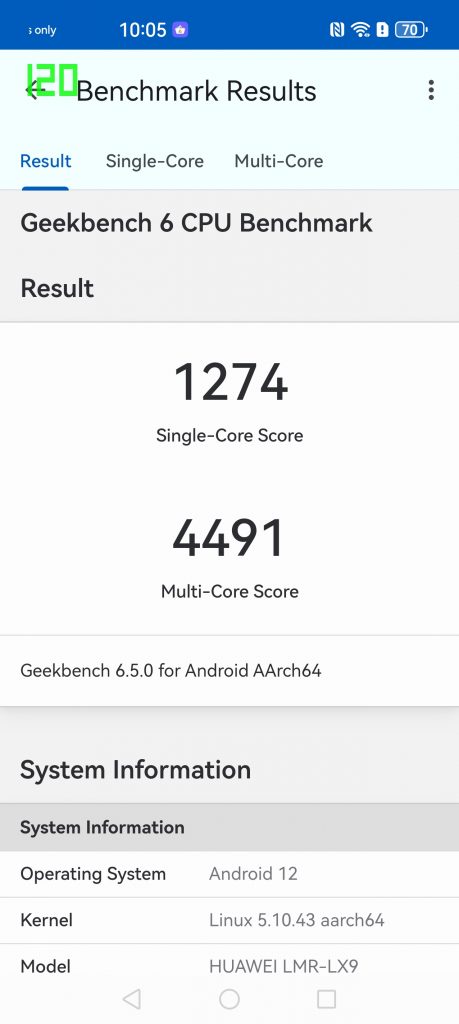
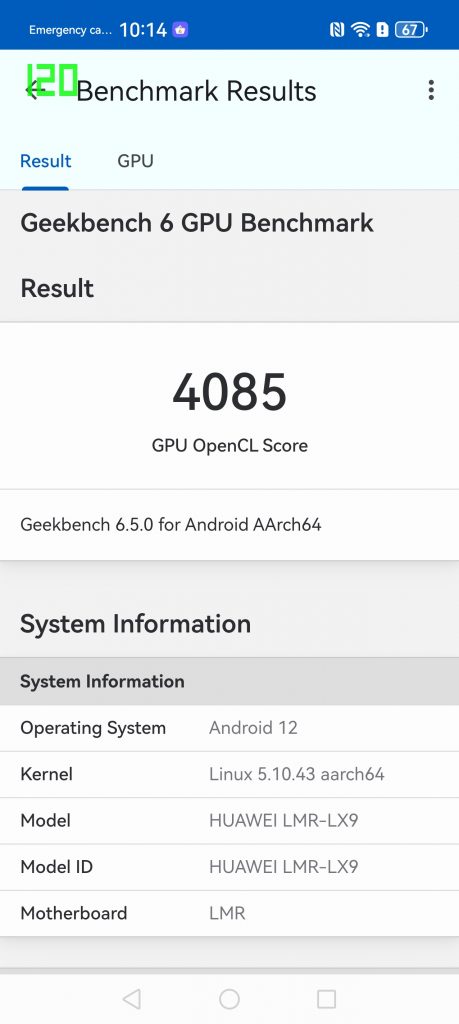
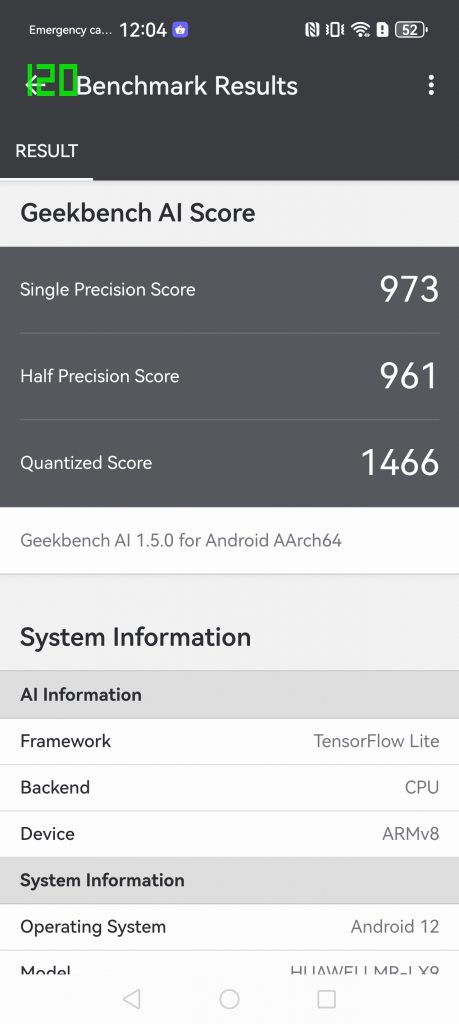
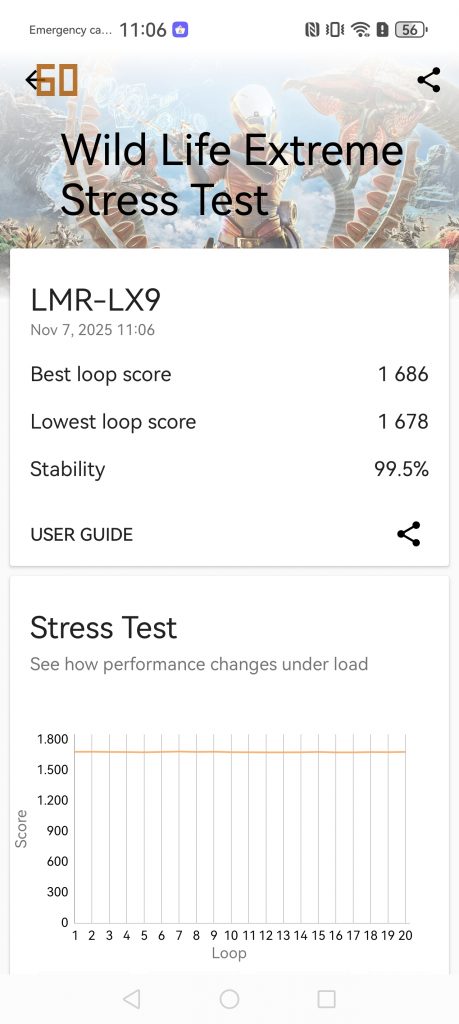
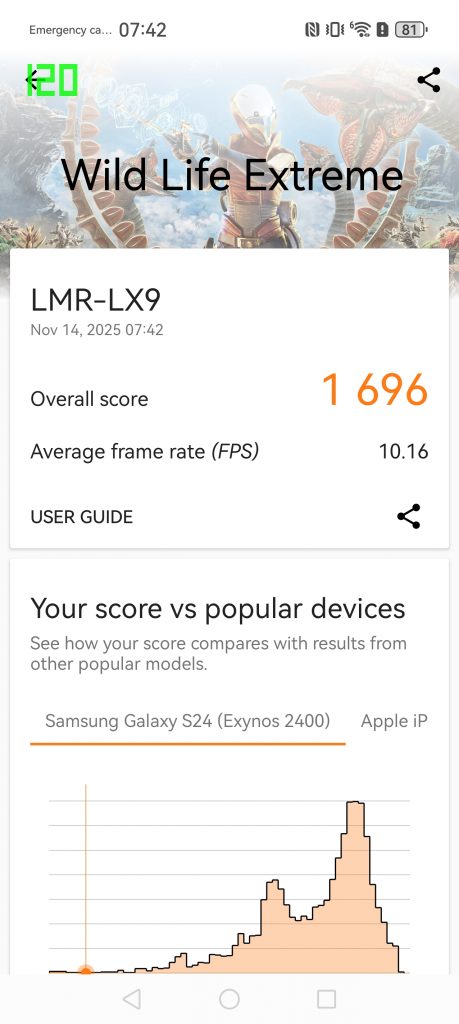

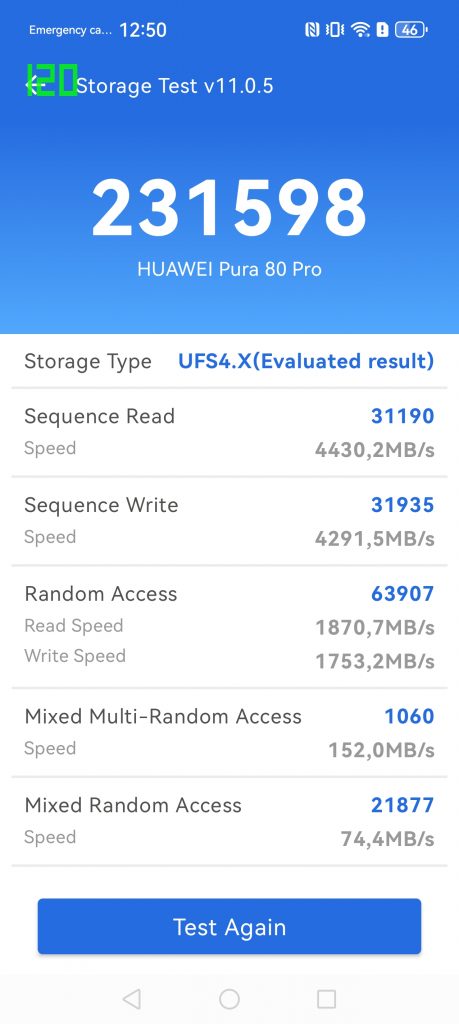
The battery (5170 mAh) is okay, but not great. As with the most premium model, I was able to get around 10-11 hours of SoT (screen on time). Some phones, albeit with larger batteries, can survive up to 15-16 hours, but given that 100-W charging is available, the fear of an empty battery is a very rare occurrence. It can also be charged wirelessly (80 W), and the phone can also be used to charge other devices with a power of 18 W.
The drive is among the fastest on the market, with capacities up to 1 TB and 12 GB of RAM.
EMUI 15 is ripe for retirement, as Huawei, which is intensively developing HarmonyOS, is aware of. They have now prepared a second version that is not based on the Android architecture and there are rumors that it could also be available in Europe, although I still have doubts about how users who are used to Android will accept it.
At the moment, you can access all applications through the Huawei AppGallery store, which also searches third-party stores if the application in question is not available in the official store. When you first install a Google application, the microG library is also automatically installed, which you can use to log in and use all Google services. All banking applications are available in the official store and you don't need to look elsewhere.
Huawei Pura 80 Pro – how often do you take photos with zoom?
If so, I'd recommend checking out the Pura 80 Ultra. The dual telephoto lens system is truly something special and has never been seen on a phone before.
But even its less premium sibling, the Huawei Pura 80 Pro, is a very good photographer. The main lens has the same 1-inch one with a resolution of 50 MP and a variable aperture between f/1.6 and 4.0, depending on what and how you want to shoot. The photos are beautiful, especially during the day. I played around with slow-motion and exposure shots, where the sensor does the job with distinction. More emphasis could be placed on moving subjects. When I took pictures of pets, I had to work hard not to get a blurry subject.
There is a moving picture function. After turning it on, you take a picture, go to the Gallery and the static picture turns into a few seconds of video, similar to Samsung and Xiaomi, if I'm not mistaken. But it's not the same as HONOR, which upgrades images to video with the Veo model.
The second photographic trump card is the telephoto lens with a resolution of 48 MP, optical stabilization and 4x optical zoom. Again, I can praise the shots with incredible detail. It also copes at night, although (as with almost all phones) the quality is reduced by at least one class. The ultra-wide lens is okay, but definitely in the shadow of the main lenses. The front camera is also just average and not the best for those who vlog a lot.
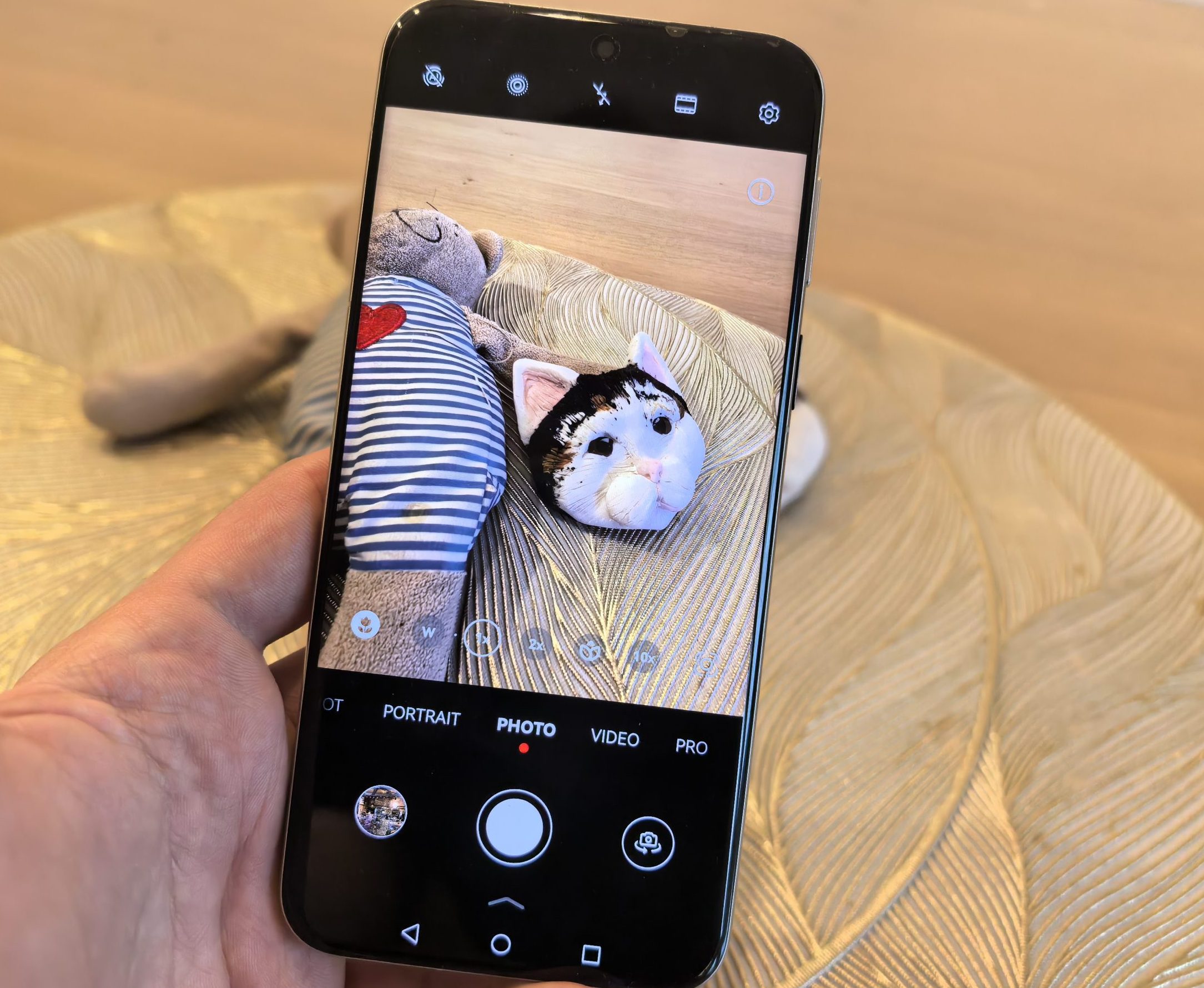
Huawei Pura 80 Pro – with a better chip and system, it would be awesome
Everything except the chip and the operating system is at the level of the best. If or when they fix this, they will once again strike fear into the bones of their rivals. The latter should already be afraid of what Huawei has achieved in the field of photography and how it tries to do something new every year.



